Hydraulic Workover Units vs. Snubbing Units: Selecting the Right Solution for Well Intervention
In the oil and gas industry, ensuring the highest level of production is often a matter of intervention in existing wells. The two most frequently employed technologies for well intervention are hydraulic workover units and snubbing units. While they share several operational similarities, notably in their capacity to work under pressure, however, they differ in their designs, capability, safety, and range of applications. Knowing the differences between hydraulic snubbing units and snubbing units is crucial to select the right solution for specific well conditions and operational goals.
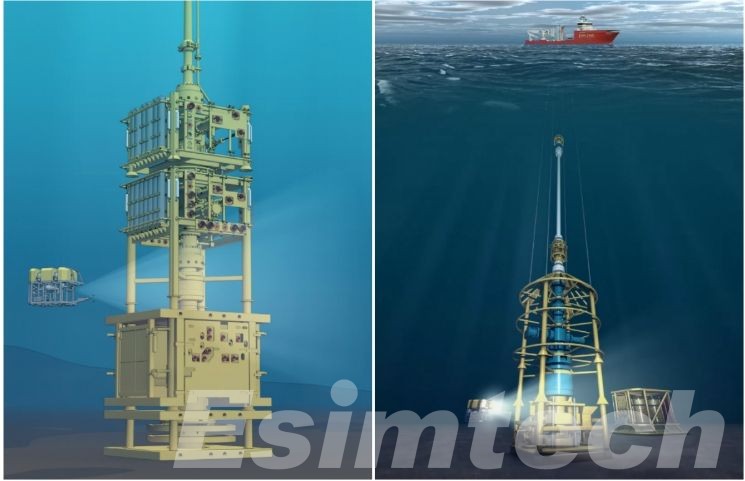
What are Hydraulic Workover Units
Hydraulic workover units are compact, versatile rigs used for well intervention and maintenance operations–particularly when the well is live (under pressure) and traditional rigs are either not suitable or too costly. Hydraulic workover units use powerful hydraulic cylinders that draw and push tubulars (such as casing or tubing) into as well as out of the bore, without the use of drilling rotary systems. This enables operators to carry out tasks like milling, fishing plugs, setting plugs, and finishing with accuracy and security, even in difficult conditions.
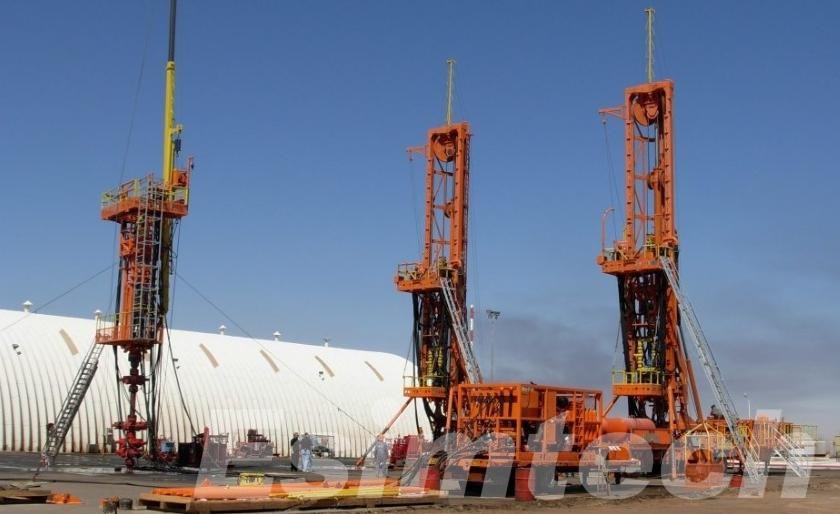
Advantages
- Live Well Operation: Hydraulic workover machines are capable of removing wells without harming the reservoir, ensuring pressure, and minimizing damage to the formation.
- Rigless Operation: They remove the requirement for traditional drilling or workover equipment, making them more cost-effective and easy to move around remote locations or offshore.
- Compact and Modular Design: Hydraulic workover units are typically modular and portable, enabling fast rig-up/rig-down and reducing the logistical footprint–especially useful offshore or in space-restricted environments.
- High Load Capacity: Hydraulic rams provide significant pulling and pushing force that allows for tasks like heavy fishing casing recovery, or even setting deep plugs.
- Enhanced Safety and Control: Modern hydraulic workover units feature sophisticated load-monitoring and hydraulic systems that provide precise control, which improves safety and effectiveness.
- Time and Cost Savings: Because of their speedier mobilization and operating on live well,s hydraulic workover units cut down time as well as intervention cost.
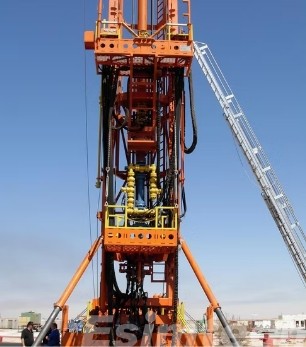
Limitations
- Limited Rotary Capabilities: Although they are able to be fitted with rotary tables, Hydraulic workover units aren’t specifically designed to perform extensive drilling operations. The rotary functions they provide are restricted compared to fully scaled drill rigs.
- Surface Footprint and Stability Requirements: Although small hydraulic workover machines are a good choice, they require solid platforms and infrastructure, particularly in offshore applications. This could make it difficult to use certain platforms.
- Specialized Personnel and Equipment: Working with hydraulic workover units requires skilled personnel and specialized equipment, which might not always be readily accessible.
- Less Efficient for High-Deviation Wells: Hydraulic workover systems can be less effective in heavily inclined or horizontal wells, where the use of coiled tubing is required to reach and be flexible.
Common Applications
- Tubing and Casing Retrieval/Replacement: Replacing broken or damaged tubulars from the live wells.
- Wellbore Fishing Operations: Retrieving lost or stuck tools and dirt from the water.
- Milling and Cutting Operations: Eliminating obstructions like plugs, scales, or debris by using mechanical mills.
- Plug and Abandonment (P&A): Installing permanent barriers in wells that are depleted before their abandonment.
- Sidetracking and Re-entry Work: The creation of new bore pathways that connect existing wells to access areas that are not accessible or to access additional reserves.
- Well Deepening and Completions: Extension of the depth of the well, or installing tools to complete the downhole or equipment.
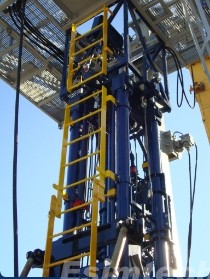
What are Snubbing Units
Snubbing units are hydraulic systems that allow you to move tubulars, such as tubing, drill pipe, or completion tools, into or out of living (pressurized) wells without harming the well. The main purpose of a snubbing device is to reduce pressure on the wellbore when it is inserted by applying a controlled force mechanically to push pipe inside and out of the.
In contrast to conventional rigs, which need to kill the well using heavy fluids in order to control formation pressure and rebalance formation pressure, snubbing units allow operations under pressurized or underbalanced conditions. This reduces the risk of formation damage and preserves the integrity of reservoirs, and eliminates the risk and costs that come with killing the well and rebalancing.
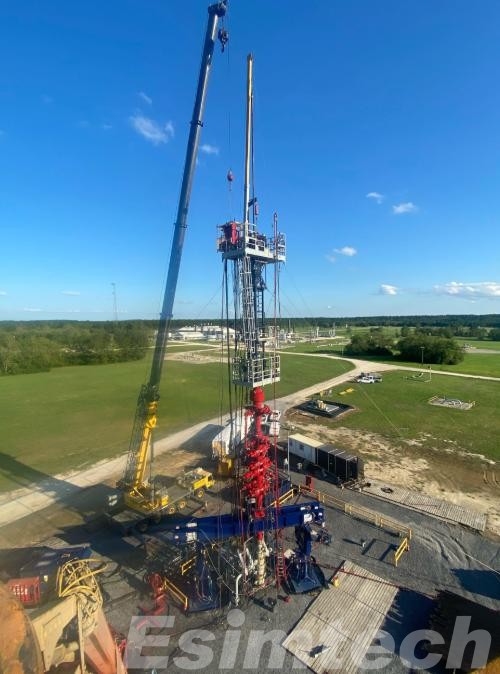
Components
A typical snubbing unit comprises:
- Hydraulic Jacks: Provide vertical force for pipe movement.
- Slips for Stationery and Travel: Release and grip the pipe to stop the flow.
- BOP Stack (blowout preventers): Maintain pressure and make sure that safety is maintained.
- Snubbing Basket: The Control area is located on the stack for snubbing.
- Power Packs: Drive hydraulics as well as the control system.
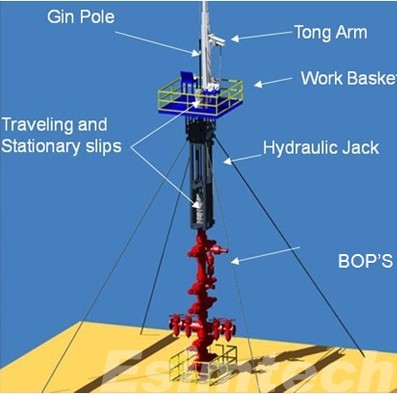
Advantages
- Live Well Intervention: It allows the operation of pressurized wells that are not causing harm by preserving pressure in the reservoir and avoiding loss of fluid or damage.
- Reduced Formation Damage: Eliminates the need to kill fluids that can infiltrate the formation and decrease production.
- Improved Safety and Control: Complete with a robust pressure control system (e.g., BOPs, for example) to reduce the chance of releases that are uncontrolled releases and blowouts.
- Cost and Time Efficiency: It saves time and money by avoiding the need to destroy and then recondition the well.
- Mobility and Flexibility: Available as stand-alone, compact units that are suitable for both offshore and onshore operations.
- Versatile Tubular Handling: The system can be used to run different sizes and kinds of jointed pipes, plugs, packers and finishing devices under pressure.
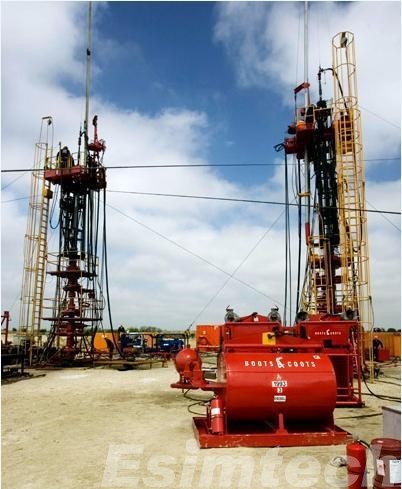
Limitations
- Operational Complexity: Highly trained personnel are required, and meticulous coordination is required to manage pressure safely.
- Limited Reach in Horizontal Wells: Coiled tubing is less effective for extended-reach or highly deviated horizontal wells.
- Surface Equipment Requirements: It requires a stable platform. It might require a rig-assist setup for operations that require a lot of force.
- Higher Risk if Improperly Managed: Incorrect snubbing procedures could result in losing control or equipment damage due to high-pressure conditions.
- Limited to Jointed Pipe: In contrast to coiled tubing and snubbing, snubbing does not offer continuous pipe. Handling long strings could be slow.
Common Applications
- Wellbore Cleanouts: Removal of scale, debris, or sand which impedes production under live-well conditions.
- Fishing Operations: Retrieving tools that are stuck or missing from the wellbore while not halting the flow of water.
- Installation of Plugs and Packers: Utilizing flow control or isolation devices under pressure.
- Underbalanced Completions: Complete wells while ensuring balanced or underbalanced conditions.
- Tubing Recovery or Replacement: Remove broken or damaged tubing lines from a well that is pressurized.
- Plug and Abandonment (P&A): Setting mechanical barriers and isolating zones during well decommissioning–without introducing kill fluids.
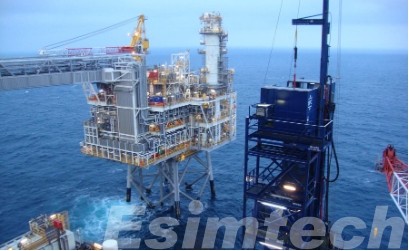
Key Differences Between Hydraulic Workover Units and Snubbing Units
This chart demonstrates how hydraulic workover units can provide more functionality, which includes both dead and live well interventions. Snubbing units are specialized in live well pressure management, and are generally more compact and focused on pressure.
| Feature | Hydraulic Workover Units | Snubbing Units |
| Primary Function | Remove or insert tubulars from dead or live wells | In live wells, you can insert or remove tubulars only |
| Well Pressure Handling | It operates on pressured as well as non-pressured wells. | Particularly designed for use in under-pressure (live) wells |
| Pipe Type Handled | Casing, joined tubing, and string for completion | Pipe and joined tubing |
| Pressure Control System | Incorporated, but in addition to mechanical processes | Essential feature for safety and live-well construction |
| Mobility and Setup | Modular, but heavier and larger | More compact; available as the rigless (stand-alone) choices |
| Rotary Capability | Optional or limited | The majority of the time, it lacks rotary capabilities |
| Operational Force | Utilizes hydraulic jacks to assist in heavy pulling/pushing loads. | Make use of hydraulic jacks, mostly to push against the pressure of wells |
| Use in conjunction with Rig | Can be used in conjunction with rig-assist or standalone | Available as stand-alone or rig-assist versions. |
| Complexity of Operations | Wide capabilities; helps with complex interventions | More specifically designed for pressure-critical operations |
| Personnel Requirements | It is necessary to have a trained and skilled crew, particularly for operations requiring heavy-duty. | It requires highly trained staff to ensure safety and pressure control. |
| Cost | The increase is generally due to the broader capabilities | Lower for pressure-specific, short jobs. |
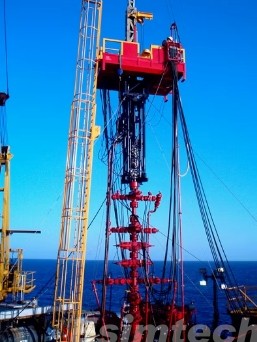
How Simulations are Used for Hydraulic Workover Units and Snubbing Units
This chart shows how oil and gas simulation technology improves safety efficiency, safety and operational readiness for hydraulic workover units and snubbing units. Each has specific focus on the risks and pressures that are associated with the process.
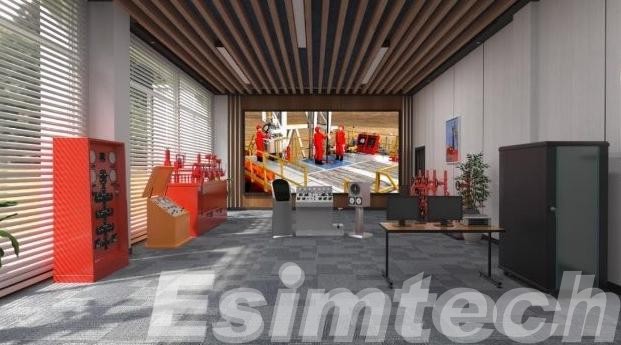
| Simulation Aspect | Hydraulic Workover Units | Snubbing Units |
| Operator Training | Workover simulators aid in training crews for multi-step procedures, such as pushing, pulling and controlling well. | Simulations help prepare employees for high-pressure scenarios, such as transitions between heavy and light pipes. |
| Well Control Practice | Well control simulation systems model different well control events (e.g. BOP operations, kicks) with different depths and pressures. | Simulated focus on controlling in unbalanced conditions as well as emergencies involving pressure. |
| Load and Force Calculations | The model simulates the force required for hydraulic pipe movement, and identifies limits to push/pull operations. | Calculates the snubbing force required to reduce pressure on the wellbore in order to ensure the safe insertion of pipes. |
| Equipment Behavior Testing | Virtual testing of components of the hydraulic workover unit (e.g. the jacks or slips or table rotary) under loads that are operational. | It simulates the blowout stopper (BOP) functions and controls for snubbing the basket and slip behaviour. |
| Operational Planning | Simulation of scenarios for milling, fishing or plug-setting–helps optimize rig-up and sequences. | The simulations simulate pipe run-in/out situations under pressure to improve sequence and safety margins. |
| Safety Procedure Validation | Emergency simulation training systems examine the response to equipment failure or loss of control of wells during heavy-duty activities. | Trains for dangerous situations like pipe ejection, or rapid pressure increases. |
| Real-Time Decision Support | Certain simulations incorporate real-time data to provide predictive models for real-time hydraulic unit activities. | Snubbing simulator provides insights into predictive aspects during critical Snubbing operations, allowing you to adjust the forces and slip timing. |
| Cost and Downtime Reduction | Simulations help reduce the chance of trial-and-error in actual workovers, thus reducing time spent on rigs and equipment wear. | It helps avoid costly shutdowns of live wells by preparing for eventualities virtually. |
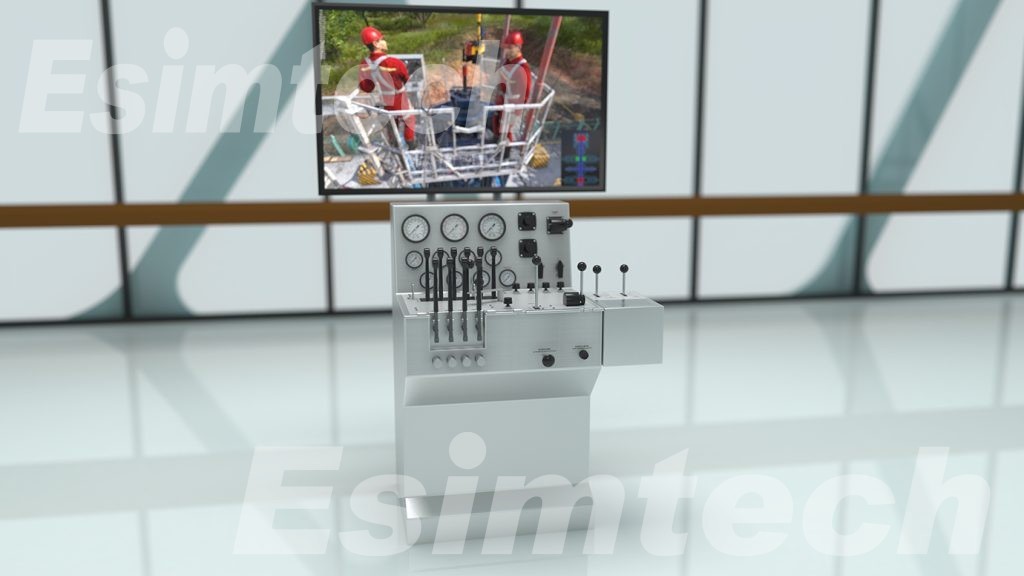
Key Factors to Consider for Choosing Between Hydraulic Workover Units and Snubbing Units
Selecting the right equipment for well interventions is crucial for efficiency, safety and cost management. Hydraulic workover units and snubbing units have been designed to perform well interventions, particularly in live wells, however they differ in strengths and weaknesses. The choice between them is based on a variety of logistical, technical and economic aspects.
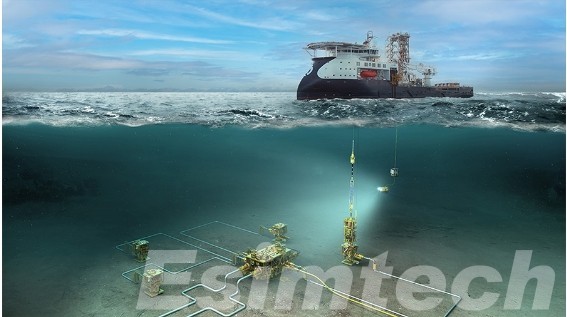
1. Well Pressure and Reservoir Conditions
The condition of the well, whether alive (pressurized) or dead (killed)–is essential to the equipment selection. Snubbing units are specialized in live-well operations in which maintaining pressure is crucial in order to avoid damage to the formation. Hydraulic workover units, in turn provide versatility, and can operate efficiently in both dead and live wells, thus allowing them to be used in an array of pressure situations.
2. Scope and Complexity of Intervention
The demands of the job determine the most appropriate option. Hydraulic workovers offer greater capabilities, able to handle complicated and heavy-duty work like milling, fishing sidetracking, closure and removal. Snubbing units are designed for work that requires pressure, such as the retrieval of pipes, setting up plugs, or packers, as well as cleaning outs under real-time conditions.
3. Safety and Well Control Requirements
The control of wells throughout intervention is crucial, particularly in high-pressure settings. Snubbing Units include advanced pressure-control systems that focus on safety of live wells as well as blowout protection. Hydraulic workover units also offer well control, but are more flexible between the mechanical handling and pressure management.
4. Equipment Size and Site Constraints
The size and footprint of the unit affect the deployment capability. Snubbing units are typically smaller and easier to transport, particularly in offshore platforms that are limited in space or remote onshore sites. The hydraulic workover unit tends be bigger, which requires more infrastructure and rig-up times.
5. Cost and Operational Efficiency
Cost-effectiveness is dependent on the nature and duration of the procedure. Snubbing units are typically economical solutions for short, pressure-sensitive procedures. Hydraulic workover units, although may be more costly upfront can provide cost savings over longer or multifaceted operations because of their greater capabilities.
6. Availability of Skilled Personnel
Both require specially trained personnel, while those working on snubbing require more experience in the management of pressures from live wells in addition to emergency plans. Making sure that well-trained personnel are on hand is an important factor that influences the decision.
